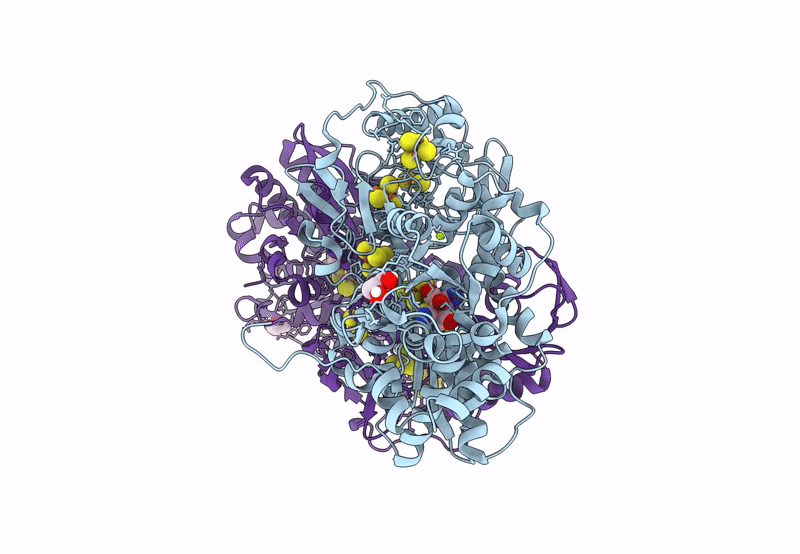
Deposition Date
2023-02-13
Release Date
2023-10-25
Last Version Date
2024-02-21
Entry Detail
PDB ID:
8CJY
Keywords:
Title:
[FeFe]-hydrogenase CpI from Clostridium pasteurianum, variant S357T
Biological Source:
Source Organism:
Clostridium pasteurianum (Taxon ID: 1501)
Host Organism:
Method Details:
Experimental Method:
Resolution:
1.60 Å
R-Value Free:
0.18
R-Value Work:
0.16
R-Value Observed:
0.16
Space Group:
P 1 21 1


